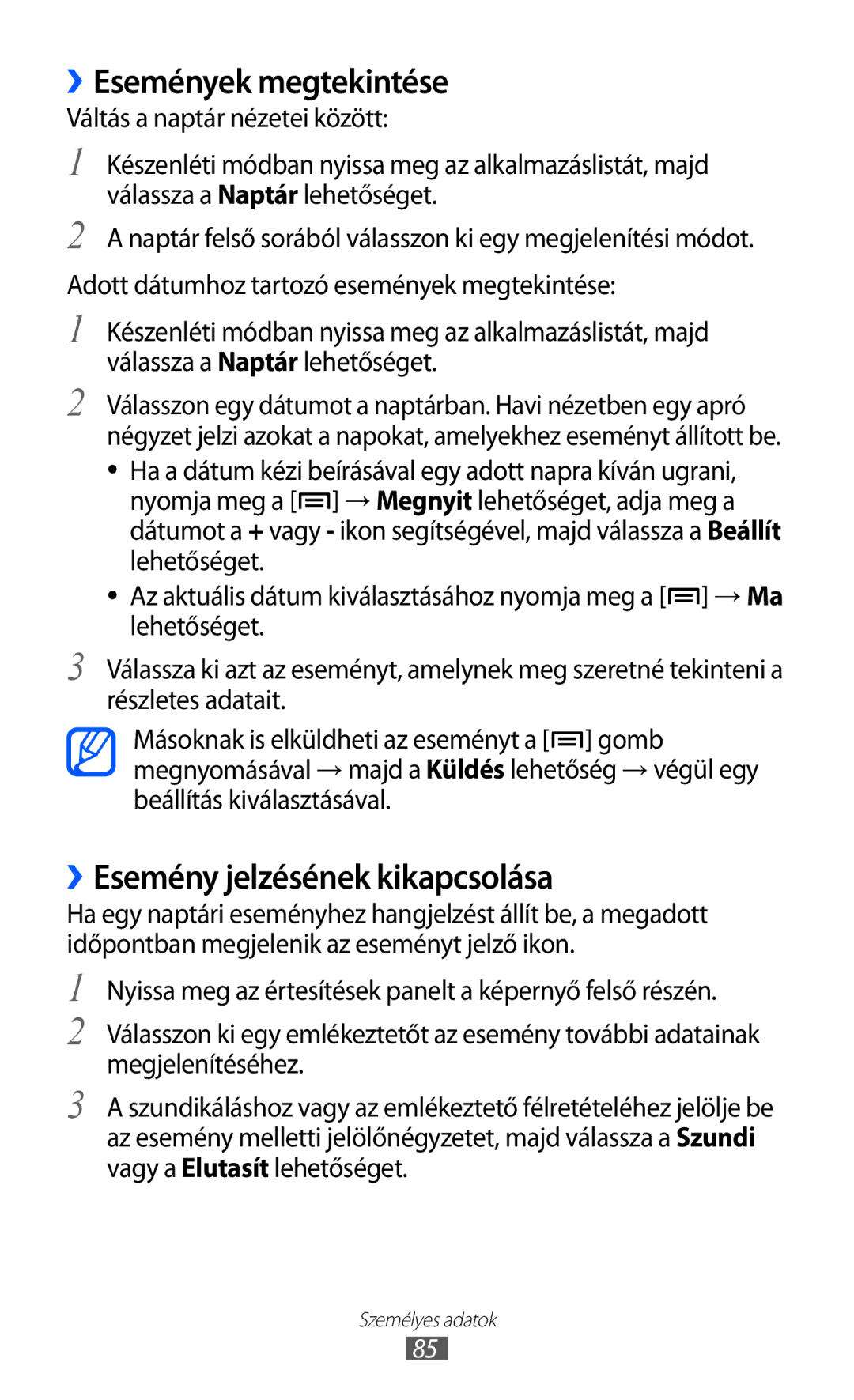GT-I8530RWASWC, GT-I8530BAACOA, GT-I8530BAAAUT, GT-I8530BAAPAN, GT-I8530BAAXEZ specifications
The Samsung GT-I8530, also known as the Samsung Galaxy Beam, was a unique addition to the smartphone market when it was released. Launched in 2012, it catered to users who desired a blend of advanced mobile technology and innovative features. One of the standout characteristics of the GT-I8530 is its integrated projector, which set it apart from other smartphones of its time. This feature allowed users to project images, videos, and presentations directly onto a flat surface, making it an ideal device for business professionals or anyone looking to share content easily.In terms of design, the Samsung Galaxy Beam featured a compact form factor that was user-friendly, with a 4-inch Super AMOLED display offering vivid colors and sharp images. The touchscreen interface provided smooth navigation, making it easy to access apps, photos, and more. The device was powered by a dual-core processor, ensuring adequate performance for multitasking and running various applications, even for demanding users.
The GT-I8530 came equipped with 1GB of RAM and provided internal storage options of 8GB, expandable via a microSD card, allowing users to store plenty of images, videos, and applications. The device also fostered a focus on photography, sporting a 5-megapixel rear camera capable of capturing high-quality photos. A VGA camera on the front allowed for basic video calls and selfies, accommodating the needs of users interested in social sharing.
Samsung included several connectivity options within the Galaxy Beam, such as Wi-Fi, Bluetooth 3.0, and 3G capabilities, ensuring that users could stay connected wherever they went. Additionally, the Android operating system, paired with Samsung's TouchWiz interface, provided an intuitive user experience, complete with access to Google Play Store and thousands of available applications.
Battery life remained a critical factor, and the Galaxy Beam was equipped with a 2000mAh battery capable of supporting all-day use, even with the projector running. Overall, the Samsung GT-I8530 Galaxy Beam combined innovative projection technology with the features of a modern smartphone, appealing to a niche market that valued versatility and functionality in their mobile devices. Its mix of practicality and entertainment made it a memorable entry in Samsung's extensive smartphone lineup.

